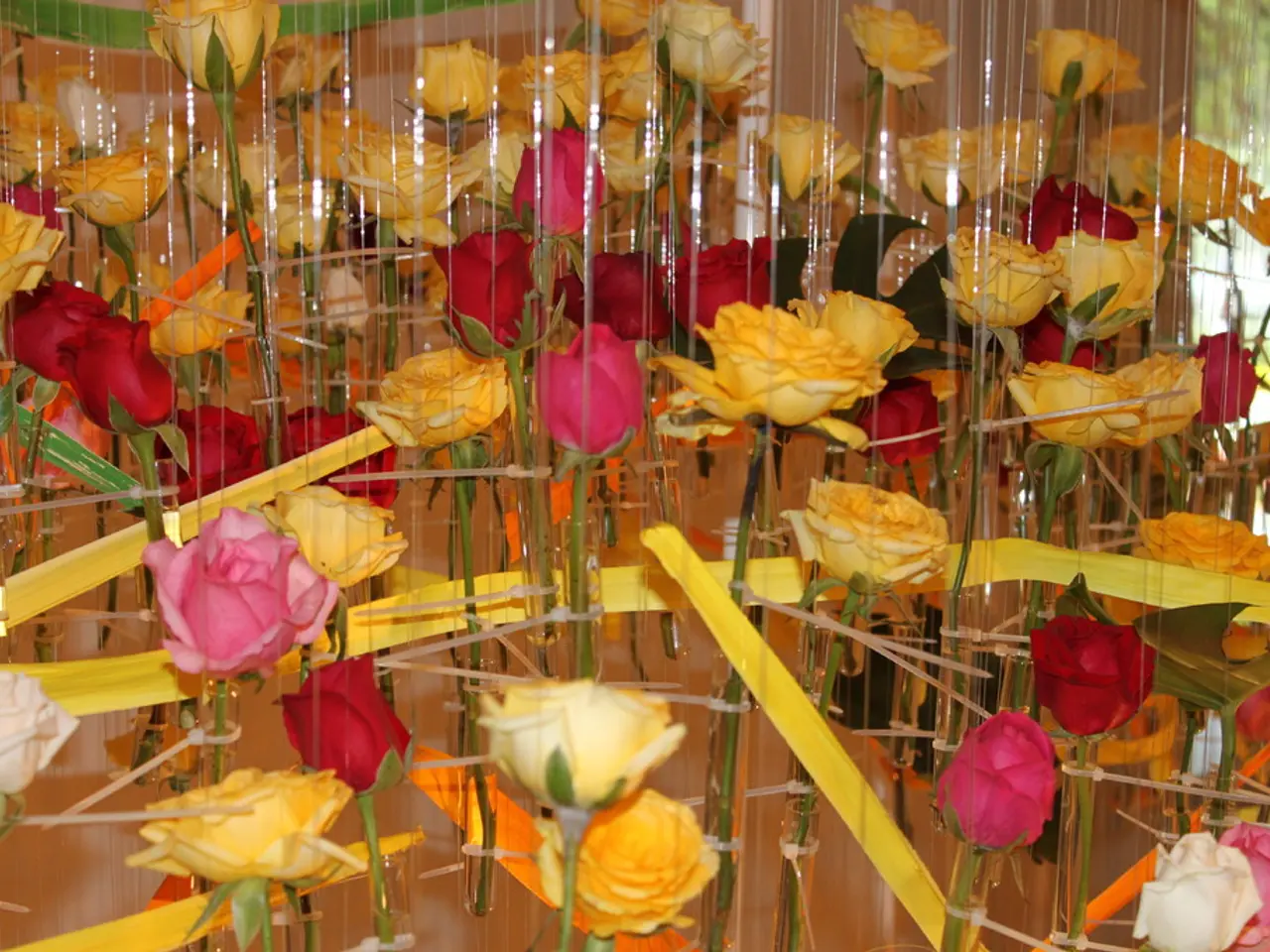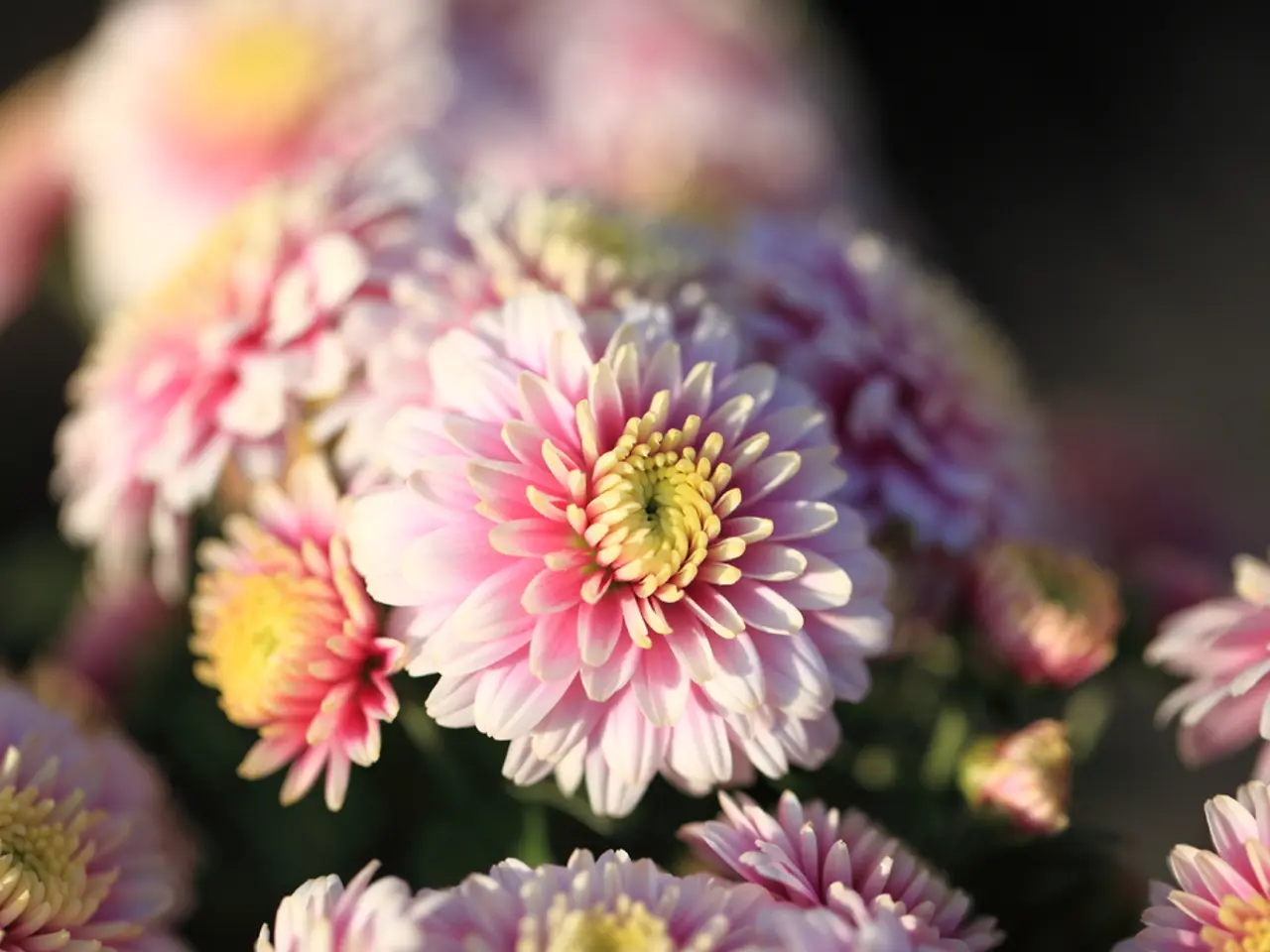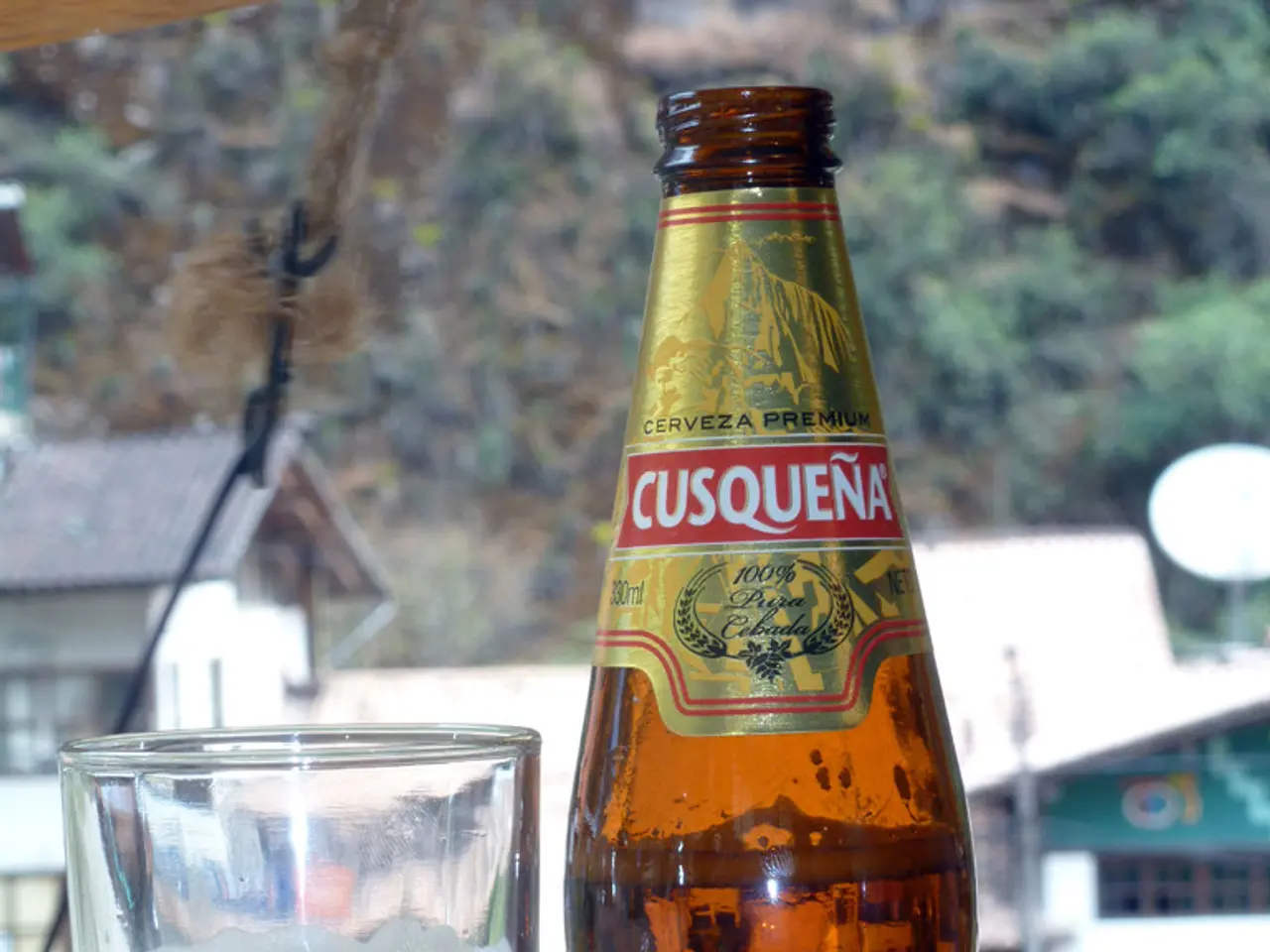Discover the Variety: Thirty Distinctive Jasmine Plant Species You Should Be Aware Of
The world of jasmine plants is a captivating tapestry of beauty and aroma, with each variety offering its unique characteristics and special features. In this article, we delve into the key differences among some of the most renowned types, including Arabian Jasmine (Jasminum sambac), Spanish/Royal Jasmine (Jasminum grandiflorum), Jasminum auriculatum, Star Jasmine (Trachelospermum jasminoides), and Winter Jasmine (Jasminum nudiflorum), among others.
| Jasmine Type | Scientific Name | Growth Habit | Flower Characteristics | Fragrance Profile | Key Uses | Hardiness/Climate Notes | |-----------------------------|-----------------------------------|-------------------|-------------------------------|-----------------------------------------------------|--------------------------------|-------------------------------| | **Arabian Jasmine** | Jasminum sambac | Shrub or climber | Small, white, intensely fragrant, often double | Sweet, fruity, rich in indole—intense, exotic, slightly animalic[1] | Perfume, garlands, leis, ornamental[1][5] | Tropical/subtropical, sensitive to frost | | **Spanish/Royal Jasmine** | Jasminum grandiflorum | Climbing vine | Larger, white, delicate | Tea-like, green, honeyed; softer, more refined—higher in benzyl acetate and linalool[1] | Perfume (especially in high-end fragrances), ornamental[1] | Subtropical, prefers warm climates | | **Jasminum auriculatum** | Jasminum auriculatum | Vine or shrub | White, less showy | Between Sambac and Grandiflorum—less indolic, with spicy undertones[1] | Perfume oil, ornamental | Primarily cultivated in India | | **Star Jasmine** | Trachelospermum jasminoides | Evergreen vine | Star-shaped, white, abundant | Sweet, intensely floral, less complex than true jasmines[3] | Ground cover, trellises, hedges | Very hardy, tolerates cold better than true jasmines | | **Winter Jasmine** | Jasminum nudiflorum | Deciduous shrub | Bright yellow, blooms in winter | Mild, almost scentless | Winter garden interest, ground cover, walls | Hardy, tolerates frost; blooms on bare stems in winter | | **Fake Jasmine (Lady of the Night)** | Cestrum nocturnum | Shrub (non-climbing) | Tube-shaped, greenish-white, nocturnal | Strong, sweet, intense at night | Hedges, ornamental, potted | Tolerates a range of climates, not a true jasmine |
## Detailed Descriptions
**Arabian Jasmine (Jasminum sambac)**: Native to South and Southeast Asia, this is the most prized for perfumery due to its complex, sweet, and slightly animalic fragrance, attributed to high indole content[1]. It is a tropical plant, grown as a shrub or climber, and is sensitive to frost[1]. Its flowers are traditionally used for garlands and religious offerings[5].
**Spanish/Royal Jasmine (Jasminum grandiflorum)**: Originating from the Himalayas, it is now cultivated in southern France, Morocco, Egypt, and India. It is a climbing vine with larger, more delicate flowers and a softer, tea-like, honeyed scent profile, making it favored in niche perfumery[1].
**Jasminum auriculatum**: Mainly grown in India, this variety’s fragrance is a middle ground between Sambac and Grandiflorum, with a distinctive spicy note, and is less indolic than Sambac[1].
**Star Jasmine (Trachelospermum jasminoides)**: Not a true jasmine, but often confused due to its name and fragrance. It is an evergreen vine with star-shaped white flowers, valued for its hardiness and use as a ground cover or climber in temperate gardens[3]. Its scent is sweet but less complex than true jasmines.
**Winter Jasmine (Jasminum nudiflorum)**: A deciduous shrub notable for its bright yellow flowers that bloom on bare stems in late winter, providing color when little else is flowering. Its scent is very mild, almost absent compared to other jasmines.
**Fake Jasmine (Lady of the Night, Cestrum nocturnum)**: Not a true jasmine but often compared due to its nocturnal, intensely fragrant flowers. It is a non-climbing shrub, ideal for hedges or as a freestanding ornamental, and is more cold-tolerant than true tropical jasmines[3].
## Growth and Ornamental Use
- **True jasmines** (Jasminum spp.) are generally climbers or shrubs, prized for their fragrant flowers and often used to cover fences, pergolas, or as ground covers[3]. - **Star Jasmine** is versatile as a ground cover, climber, or hedge, and is especially valued in cooler climates where true jasmines might not thrive[3]. - **Winter Jasmine** is mainly grown for its winter blooms and is used to add color to gardens during the colder months. - **Lady of the Night** is strictly a shrub, useful for hedges or as a freestanding ornamental, but cannot climb like true jasmines[3].
## Summary
- **Arabian Jasmine** and **Spanish Jasmine** are the stars of the perfume world, with Arabian being richer and more exotic, and Spanish more refined and delicate[1]. - **Jasminum auriculatum** offers a unique spicy note, bridging the two above[1]. - **Star Jasmine** is a hardy, fragrant vine, ideal for temperate gardens but not a true jasmine[3]. - **Winter Jasmine** provides winter color with minimal fragrance. - **Lady of the Night** is a fragrant, non-climbing shrub, unrelated to true jasmines but often grouped with them for its scent[3].
These differences make each type suitable for specific garden designs, climates, and uses, from perfumery to winter interest and ornamental hedging.
- The home-and-garden enthusiast may find Arabian Jasmine (Jasminum sambac), known for its rich, exotic fragrance, perfect for adding a touch of exoticism to their indoor lifestyle, as it thrives in a tropical or subtropical climate.
- For a more refined and subtle aroma, Spanish/Royal Jasmine (Jasminum grandiflorum), originating from the Himalayas, can be grown as a climbing vine in a nursery or greenhouse to enhance the aesthetics of a home-and-garden setting.
- If seeking a jasmine plant with a spicy undertone that can grow in a cooler climate, Jasminum auriculatum, primarily cultivated in India, would be an excellent choice for an indoor garden.




